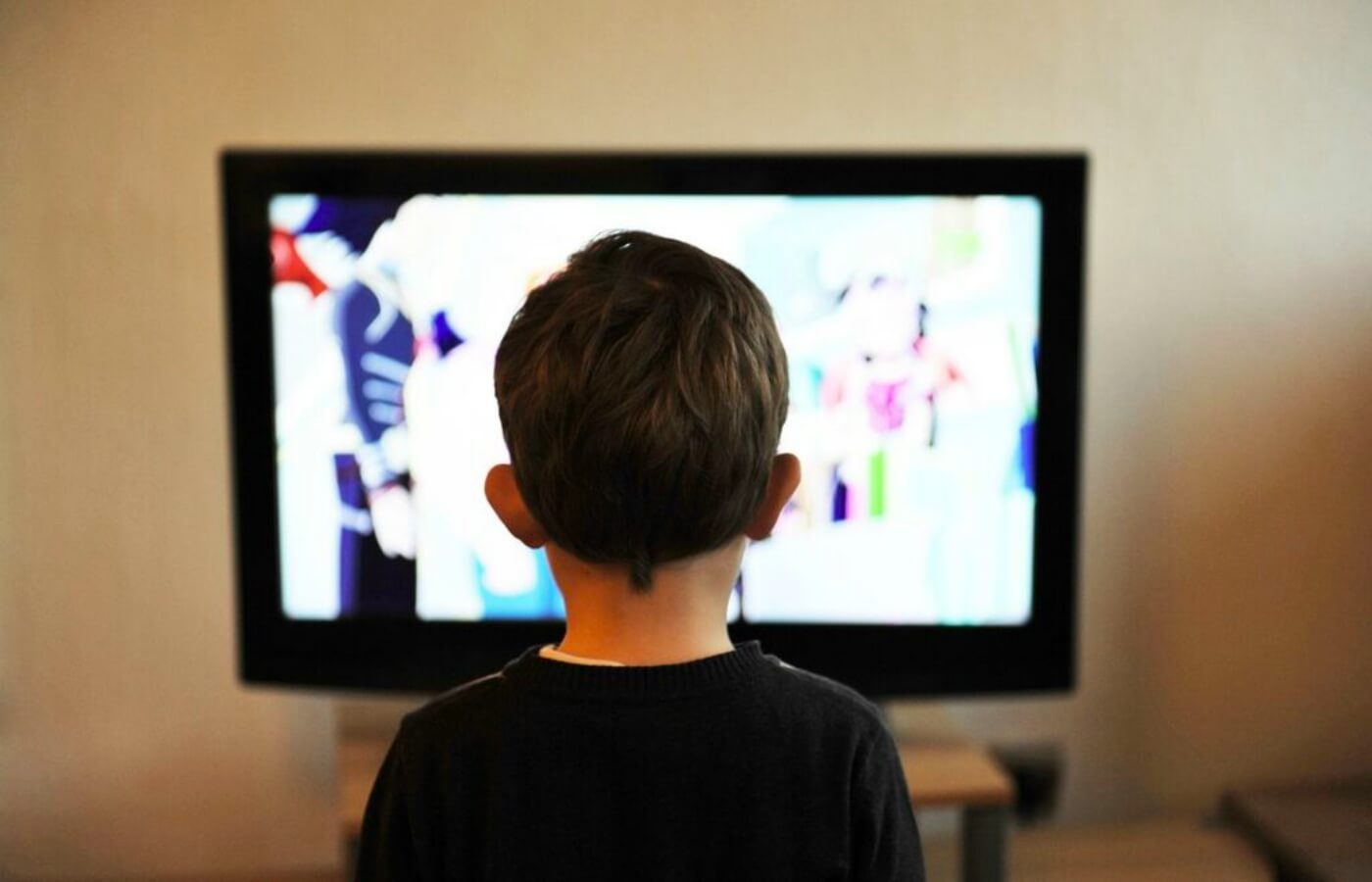3 Reasons To Let Your Child Have More Screen Time

You’re a good parent. You wouldn’t call yourself one. You’re truly humbled by how much you don’t know about parenting. Sometimes you feel overwhelmed. Often, it’s like you’re flying by the seat of your pants. But you care. You’re trying hard at this parenting thing. So, you invest time in reading about health, nutrition, and child development. As a good parent, you’re concerned about the effects of technology and screen time on kids, especially for your child. There’s alarming but also alarmist info out there. So, let’s set the record straight. Maybe this can clear up some confusion or lift lingering guilt.
In 2019, the World Health Organization (WHO) released their lengthy GUIDELINES ON PHYSICAL ACTIVITY, SEDENTARY BEHAVIOUR, AND SLEEP FOR CHILDREN UNDER 5 YEARS OF AGE.
Their conclusions regarding screen time:
- None for kids younger than 2 years old.
- Just 60 minutes per day for 3- to 4-year-olds.
In an NPR interview, Fiona Bull, the chairperson of the WHO team that created the guidelines, said, “We’re concerned — and the evidence shows — that extended periods of time passively watching screens is detrimental to health, particularly for very young children.”
Case closed, right? It’s easy for parents to read such edicts and come away with the idea that screens are a radioactive toxin.
But there are two phrases here that need to be unpacked and examined::
- “Extended periods of time.” (The report uses qualifiers like “hours,” “sedentary,” and “restrained.” Translation: A child lying around or being strapped into something, in front of a screen for over an hour.)
- “Passively watching.” (This is in contrast to “actively engaging.” Especially engagement accompanied by a parent.)
Maybe the case against screens isn’t closed. Let’s focus on case management instead. Here are three types of screen time the WHO report is NOT addressing.
- Video Chatting. This is the time you let your child interact with a person like Daddy or Grandmom on a screen. This isn’t “passively watching.” Instead, this is engaging and is just as developmentally appropriate as talking, reading, or singing to your child.
- Buying Yourself A Few Minutes. Yes. Life happens. Your child is wailing with an intensity that has you considering the pediatric benefits of exorcism. Still, you aren’t quite finished with a work Zoom meeting. Or you just need a quick shower. Or it’s a 15-minute car ride. This is real life. Trust your parenting survival instincts. Your phone is no different than a toy you would use to occupy your child. Don’t let the WHO guilt you on this. Note: This is NOT using a screen for hours as a free babysitter.
- Co-Viewing. Joint media engagement. Anytime you’re interacting with your child and a screen is fine. Point out shapes and colors. Count things. Identify animals in an interactive storybook. Move items on the touch-screen. This is not the sort of thing the WHO is discouraging, so snuggle up. (Academic guilt relief, here and here.)
You’re a good parent. Think of screen time like sweets. Little treats, especially shared, can be just the thing to get your child, and you, through the day.
Other helpful resources:
- 8 Tips for Setting Technology Boundaries in Your Family
- 4 Ways to Be a More Present Parent
- 5 Simple Things You Can Do to Strengthen Your Relationship with Your Child
- Parenting in the Brave New Digital World








Thoughts? Leave a Comment